While Norway is concerned about low water reservoirs, most of Europe is suffering from the worst drought in 500 years. Agriculture, transport and forests are severely affected.
16. Aug. 2022 07:55
Last updated 13 minutes ago
—
Where the River Tille once flowed cool through the village of Lux in French Burgundy, there is now just a large dusty moat with thousands of dead fish among the village’s tree rows.
From drained reservoirs in Spain to lower and lower water levels in rivers such as the Danube, Rhine and Po, protracted drought in Europe is creating problems for agriculture, restrictions on water use, extensive forest fires , problems for the river transport and the certain death of fish and birds.
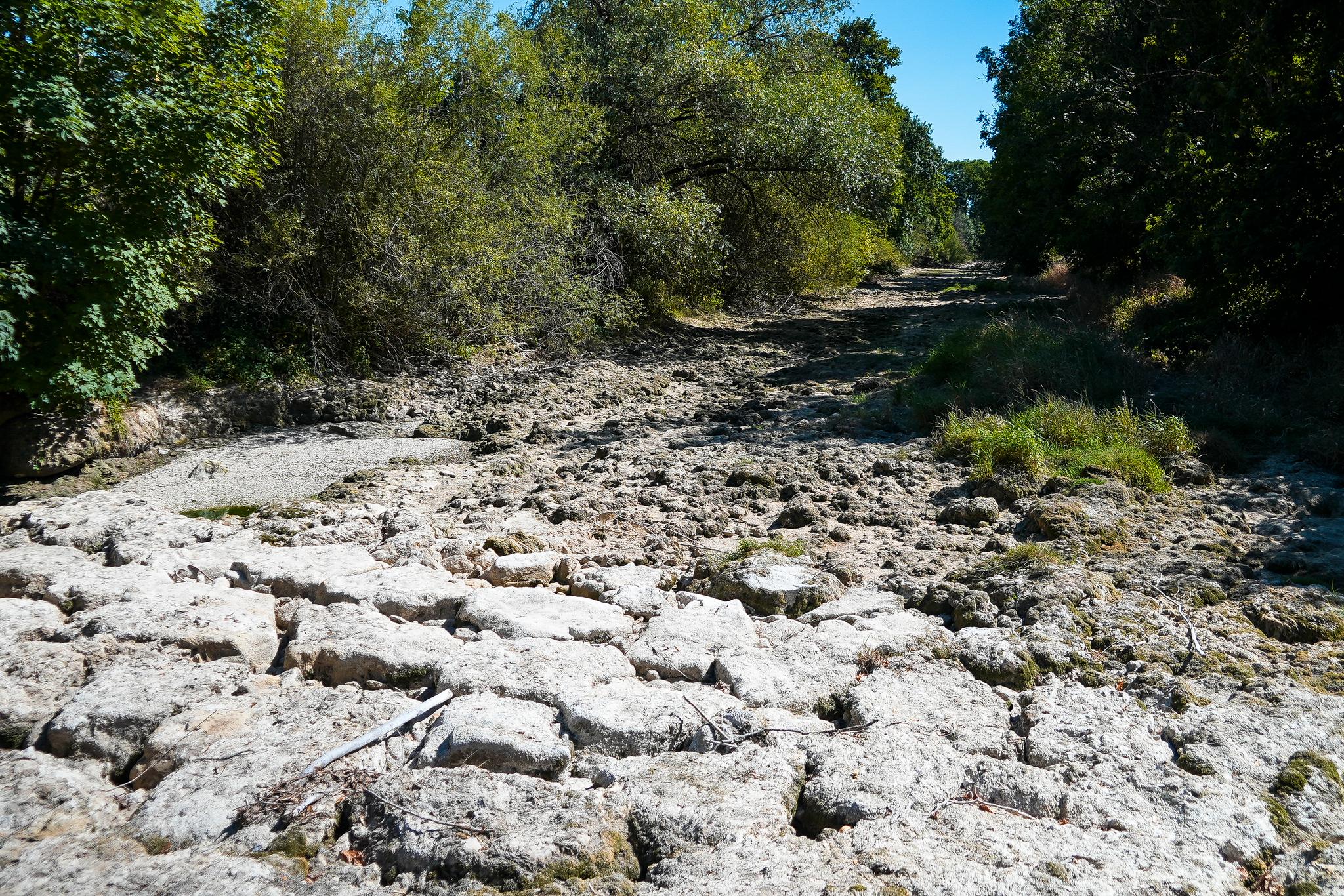 –
–There was no significant rainfall for two months in the western and southern parts of Europe and central Europe, from Poland to Portugal. In England, where it normally rains in abundance, summer is the hottest and driest recorded, and drought has been declared in the south and west.
The most extreme of the last 500 years
And there is no prospect for the drought to end. Experts, among others at the European Commission’s EC-JRC research center, have pronounced which could be the most extreme in 500 years.
The vast majority of scientists are no longer in doubt that the unstoppable series of heatwaves and the long drought are partly due to climate change, which is now happening faster than many expected.
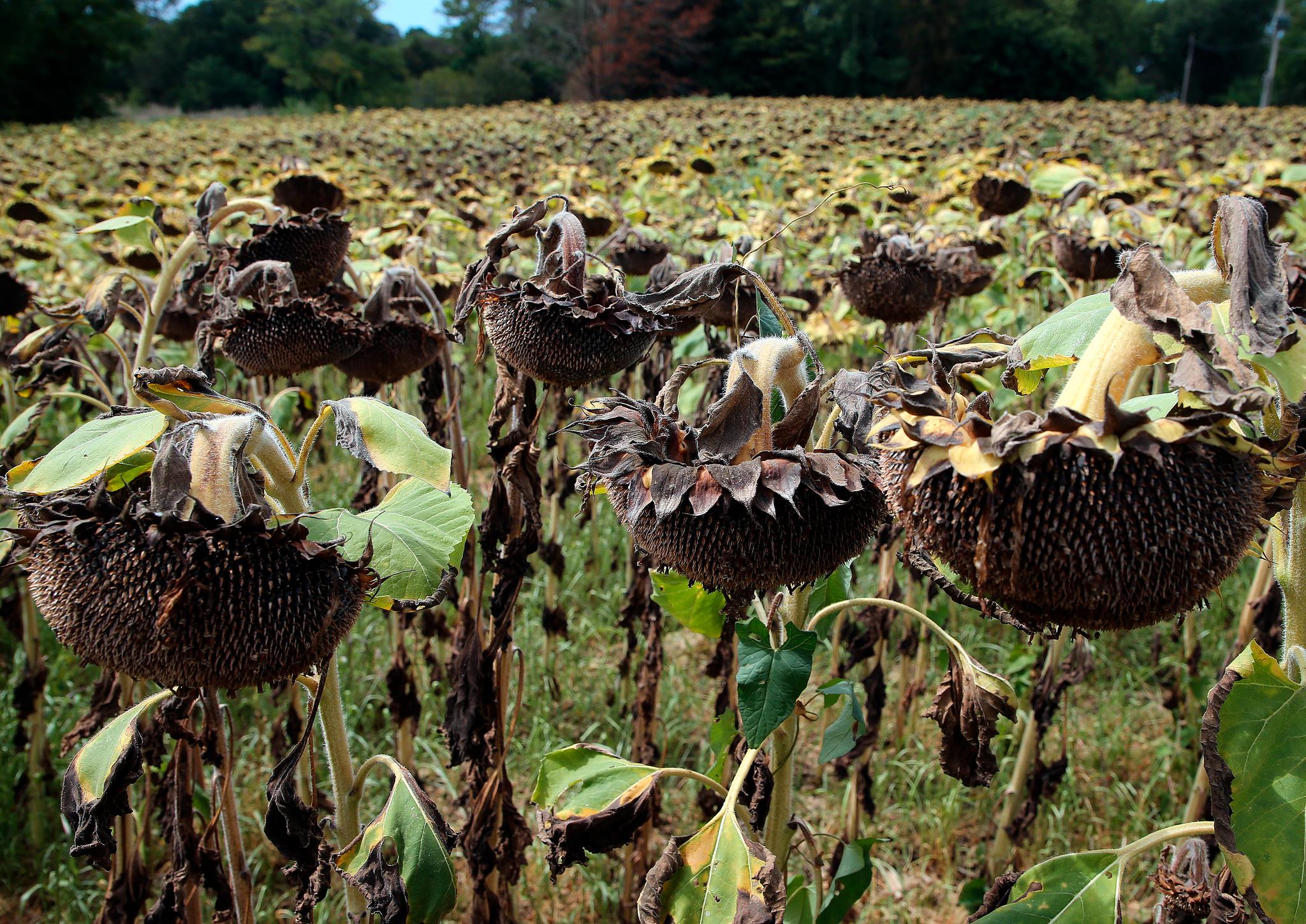 –
–Climate change worsens conditions when higher temperatures lead to more evaporation, thirsty plants absorb more moisture, and less snow in winter leads to less water for irrigation in agriculture and gardens.
And Europe is not alone in the crisis. East Africa, the western United States and northern Mexico are also currently struggling with severe drought. The Horn of Africa is on the verge of a hunger crisis after four consecutive rainy seasons have failed.
Dead fish on land
During a walk in the drained, 15-meter-wide river bed in Lux, Jean-Philippe Couasné collects the species of fish that have died in the River Tille. He is the technical head of the local organization for the protection of the river environment.
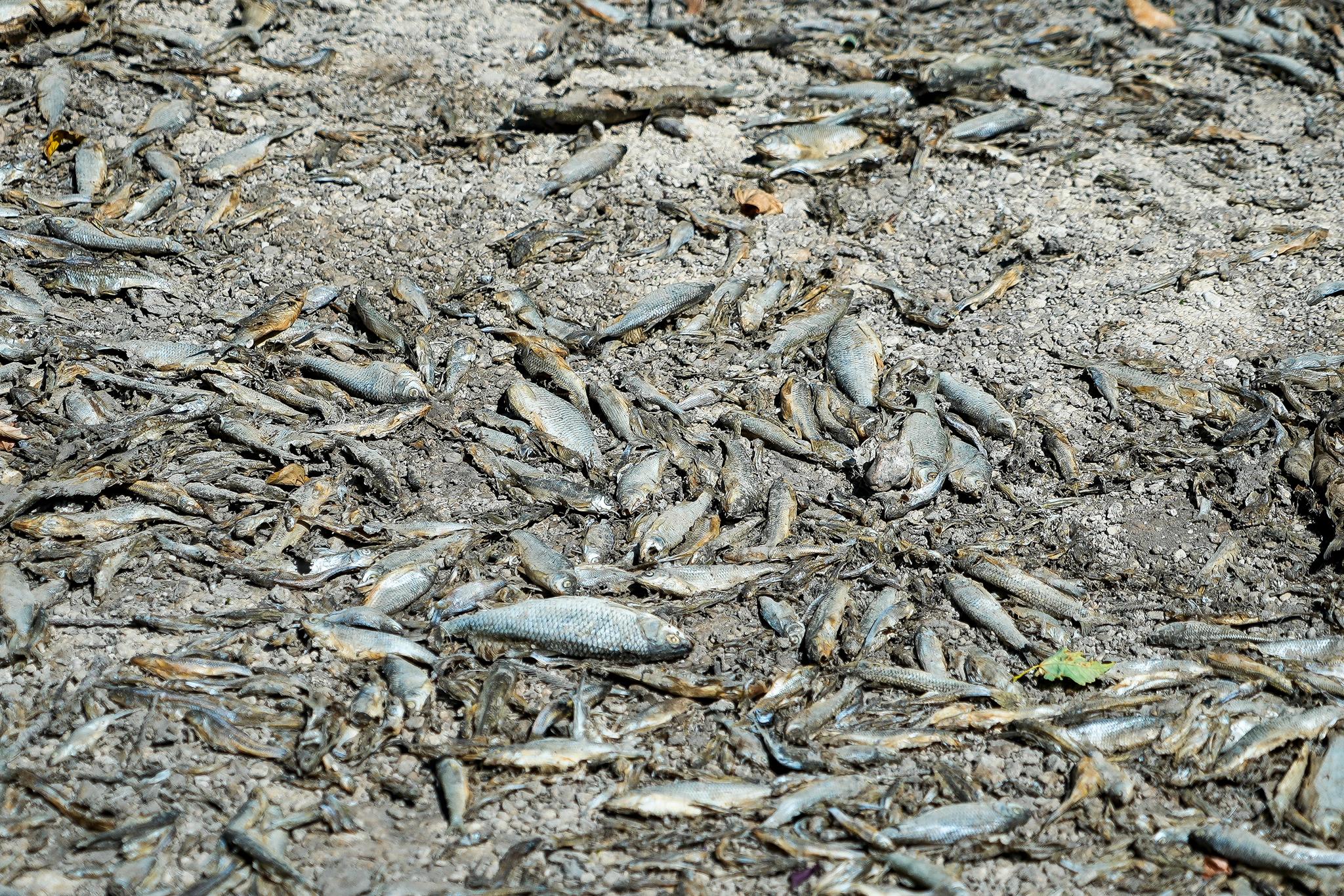 –
–– It’s heartbreaking. On average, 8,000 liters of water flow here per second. Now it’s zero, she says.
He says that without rain, rivers will continue to empty and as the oxygen level drops without a supply of fresh water, all fish will eventually die, including those who are now saving their lives in rock pools higher or lower. .
– These are species of fish that will gradually disappear, he says.
Half of the continent
The European Commission’s research center EC-JRC warned this week that the drought is about to get worse and could eventually affect 47% of the European continent.
Andrea Toreti, chief scientist of the European Drought Observatory, says that a drought in 2018 was so extreme that there had been no such thing in 500 years, but that “this is worse”.
In the next three months, there will be a very high risk of drought conditions across Western and Central Europe as well as Britain, he says.
Climate and meteorological changes
Current conditions are due to long periods of dry weather that have their origins in changing global weather systems, says meteorologist Peter Hoffmann of the Potsdam Institute for Climate Research in Berlin.
– It is in the summer that we notice it the most. But it built up throughout the year, she says.
Climate change has reduced the temperature differences between regions and this has weakened the forces driving the jet stream, which normally carries rains from the Atlantic Ocean to Europe.
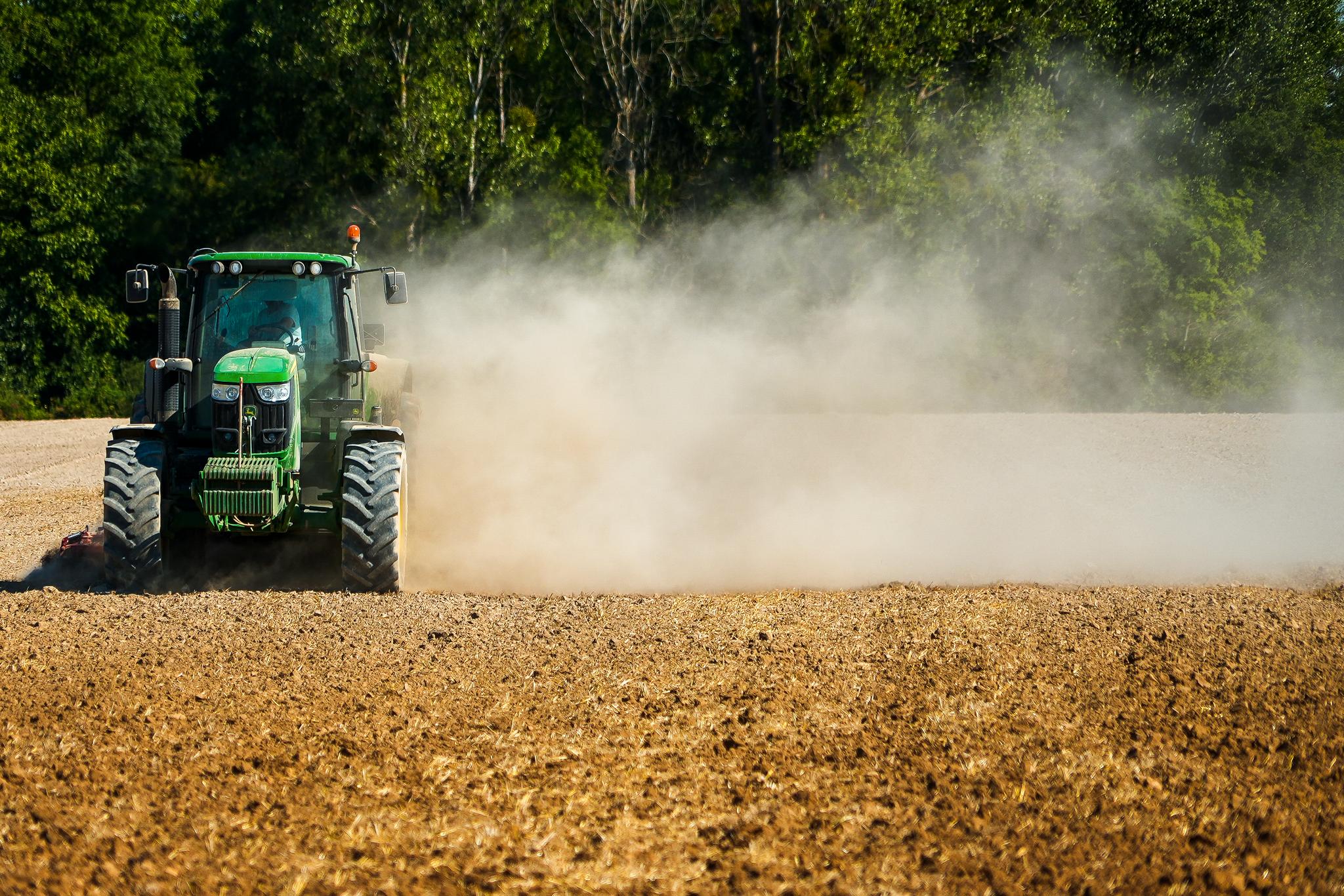 –
–A weakened or unstable jet stream can carry warmer air from North Africa to Europe, leading to longer periods of heat. The reverse can also happen, when cold Arctic air can lead to low temperatures in the far south.
Hoffmann says what has been observed in recent years is in the higher range than predicted in existing climate models.
Threatens river transport
Drought has forced some European countries to restrict water use and river transport on the Rhine and Danube is now under threat.
The water level in the Rhine is expected to reach a critical level in the coming days and it could become difficult for ships and barges to navigate beyond the Kaub Straits, halfway between Koblenz and Mainz. There, on Monday, the water level was 32 centimeters, 5 centimeters lower than the day before. At lower water levels, ships can carry fewer freight and at some point the transport has to be completely stopped and relocated by road and rail.
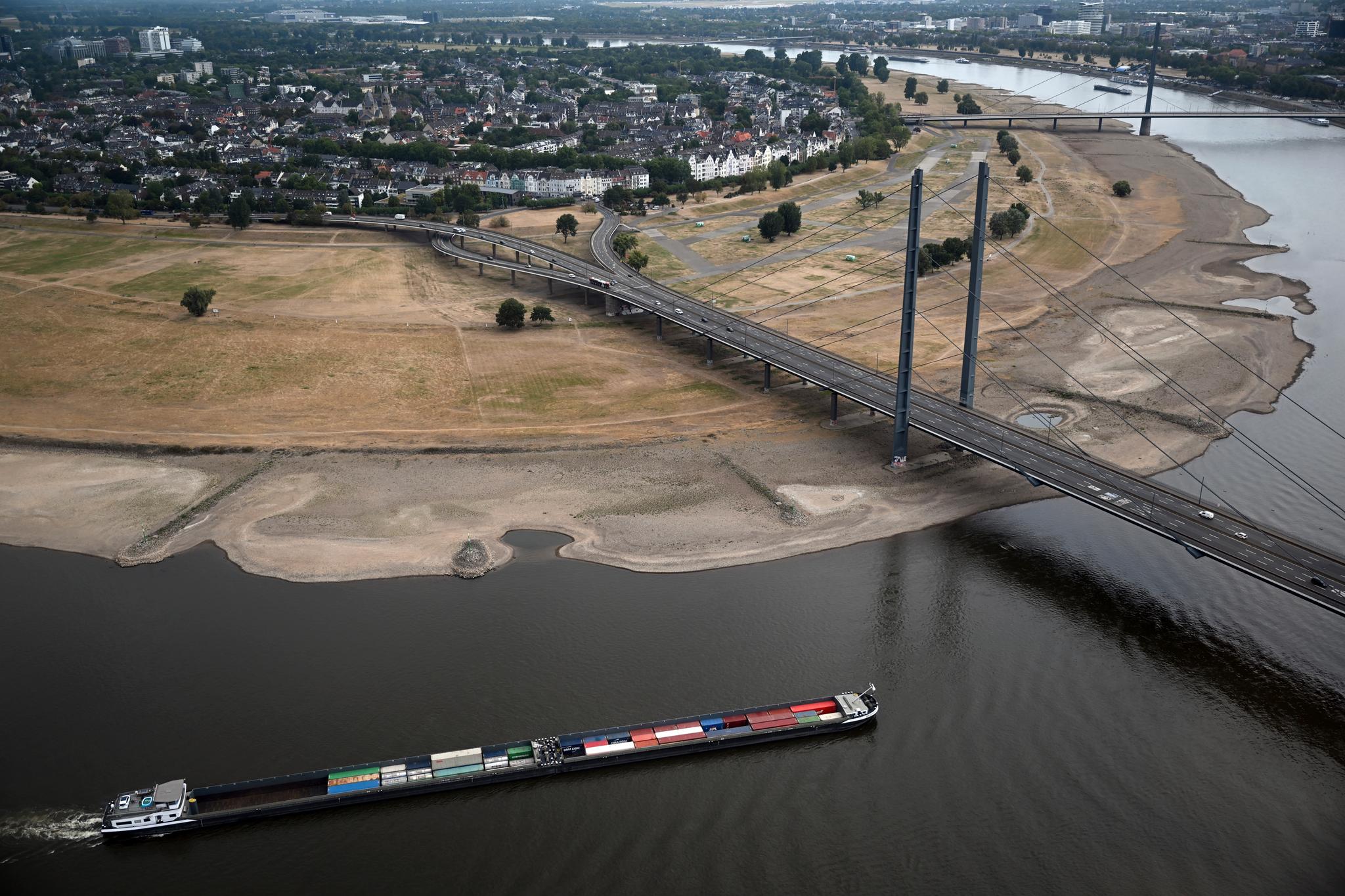 –
–In Serbia, authorities have begun dredging the Danube to keep the waterways open and in Hungary, Lake Velence near Budapest has turned into patches of dry mud.
The sunken boats appear
Long stretches of the River Po in Italy are so poor in water that barges and boats that sunk years ago have re-emerged. And on Lake Garda, the water level is at its lowest level ever and vacationers who flock to Milan find a dry shoreline of yellowed rocks. Some water has been released to help irrigate further down, but efforts to save the lucrative tourist season have been put on hold.
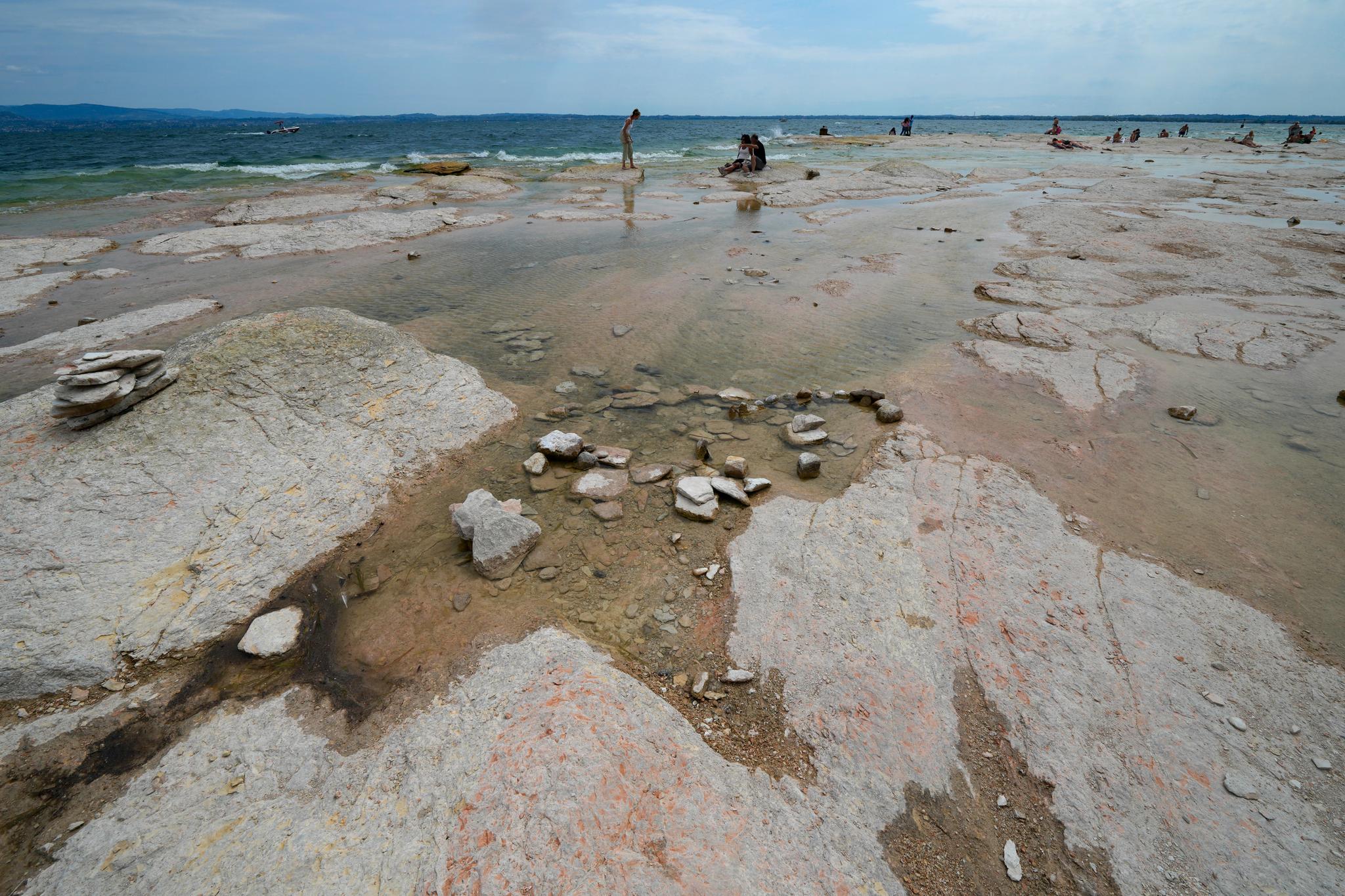 –
–The drought has also hit the UK hard. July hasn’t been driest there since 1935, according to forecasters. Lack of rainfall has led to record levels of low water levels in reservoirs, rivers and aquifers. Lawn irrigation has been banned in much of the country, and now it’s London’s turn.
Must use winter feed
British farmers have run out of water for irrigation and have to consume winter feed for their animals due to a lack of fresh grass. Underground rivers dry up and endanger both fish and birds.
Even in countries like Spain and Portugal, used to long periods without rainfall, people are suffering serious consequences. In Andalusia, farmers had to sacrifice hundreds of avocado trees to save others from wilting, as the Viñuela basin dropped to 13% of its normal capacity.
In normally green Burgundy, where the Seine has its sources, the grass is yellow-brown and the tractors raise large clouds of dust from the dry fields. Baptiste Colon dairy in the village of Moloy says it has to consume winter fodder to keep the cows alive and that the quality of the milk is worse.
Corn production in Europe is now expected to be 12.5 million tonnes lower than normal, while sunflower production will be 1.6 million tonnes lower than normal.
Record number of fires
Extremely dry conditions have also led to record-breaking areas in Europe burned by forest fires and shrubs, from Germany to Greece and Portugal. Nearly 660,000 hectares of land have been reduced to ashes, the highest figure since 2006, according to the European Forest Fire Information System (EFFIS).
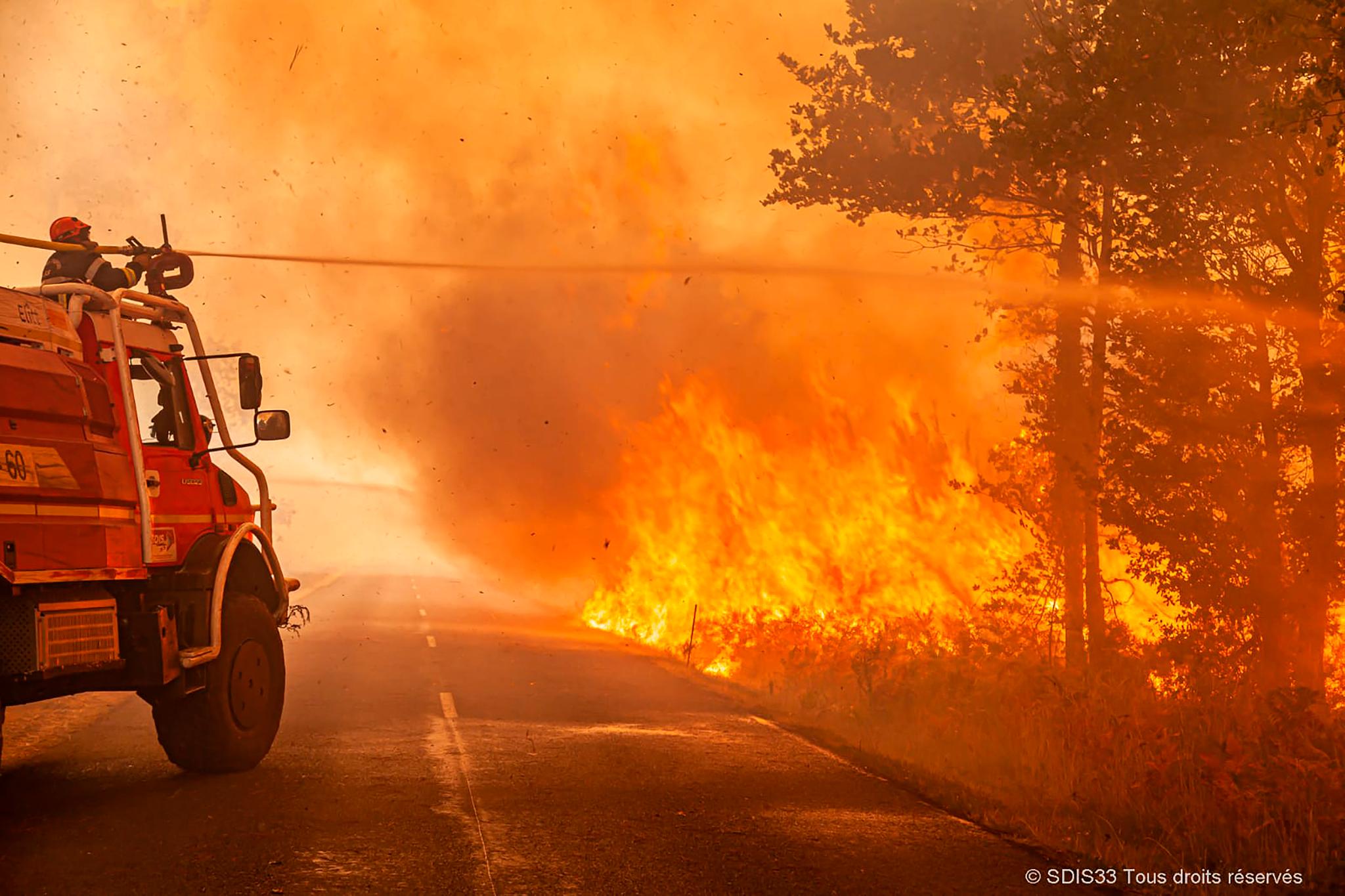 –
–It is particularly severe in the continent’s southwest, where records of forest fires have been set in France, Spain and Portugal, according to EU climate monitoring service Copernicus.
In Zaragoza, 1,500 people had to be evacuated due to a large fire over the weekend and when firefighters began to take control of the blaze, a new and dangerous fire broke out north of Benidorm. In the country as a whole, over 260,000 hectares were burned in 43 major fires.
–

:quality(75)/cloudfront-us-east-1.images.arcpublishing.com/elcomercio/OGLUOSHKIJGWJNV7S26GM2JCQY.webp?resize=150%2C150&ssl=1)
